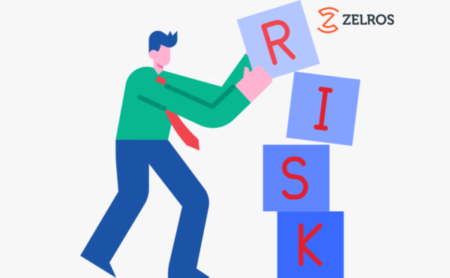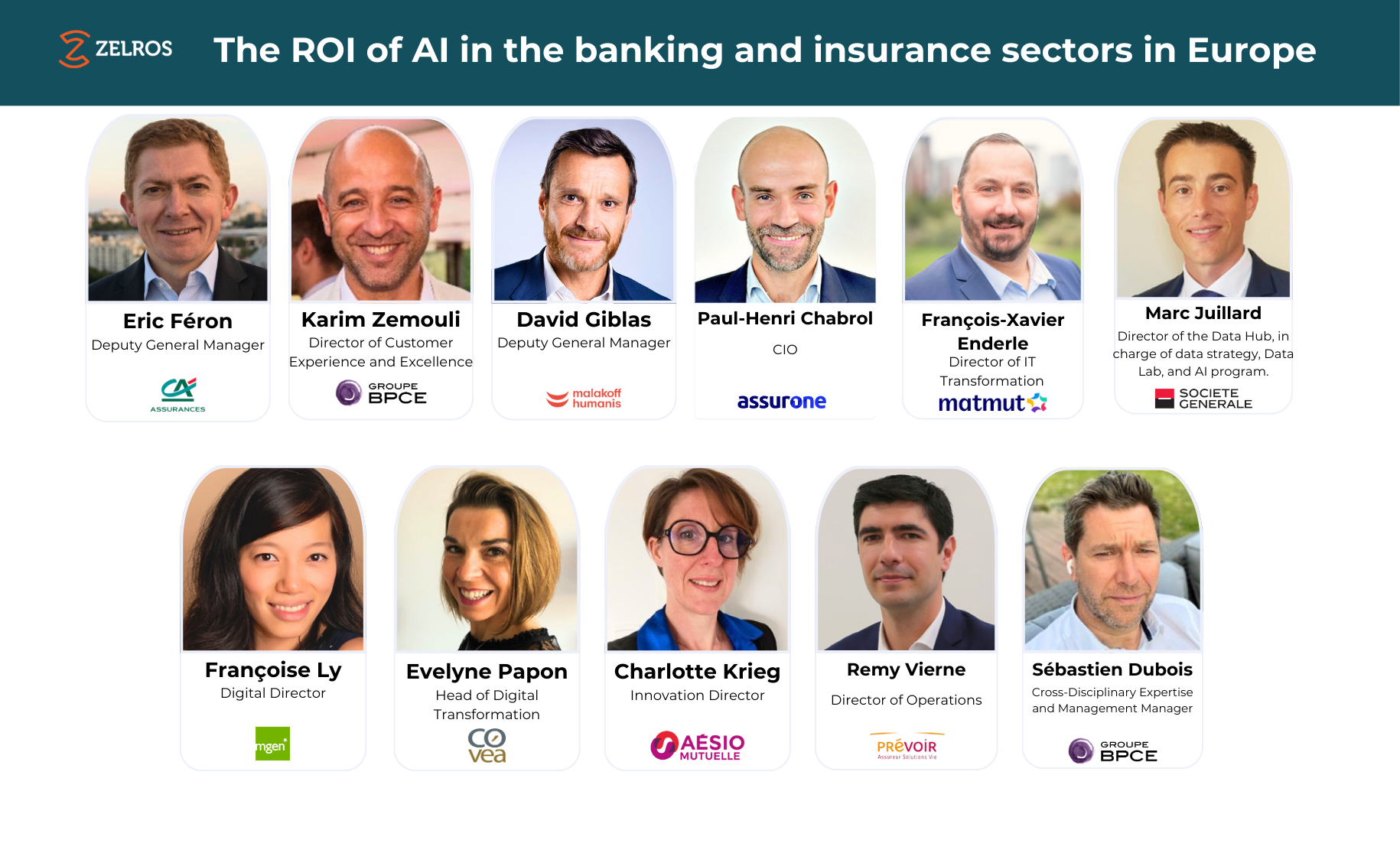How Good Are You At Growing Your Insurance Business In a Riskier World?

Our world has become a riskier place. Individuals and companies face a different risk landscape today, one impacted by factors including climate change, cyber security threats, health risks in an aging population, and uncertainty about new and harmful global viruses. These dynamic risks are creating an increasingly complex, new era of risk management for insurers.
More than ever before, insurers assessing how risk prevention and access to real-time data solutions can help close this widening risk gap—will be a step ahead of their competition. This protection gap is defined as the divide between the amount of insurance that is socially and economically beneficial—and the amount of coverage that is actually purchased.
“From 2000 to 2020, the protection gap doubled, due to global trends in urbanization, digitalization, climate change, and a poor understanding of new risks. The shortfall globally for weather-related risks alone is around $180 billion, a huge deficit leaving the consumer unprotected and out of pocket.” – Research from the Swiss Re Institute
Those are stark numbers that serve no one. And yet, in parallel with the widening of risks is the existence of growing data interconnections that influence our personal, property, health, and financial security worlds—data that when accessed with the right permissions can be leveraged at the front end of the insurance value chain.
Imagine your sales and marketing teams able to accelerate the risks assessment and selection process to only 15 minutes (to initial application decision) from what today can take four to 10 weeks–all while enhancing the buyer’s journey and experience. No more 20-page documents to wade through or required medical exams and blood tests to create delays. Consumers no longer have to wait, which is the expectation in today’s digital-led and data-driven world.
Dynamic risk assessment streamlines the customer journey
Competitive industry dynamics and the emergence of trusted data access has helped create these positive changes for both insurers and consumers. Following the lead of the retail and streaming industries, for example, insurers are finally embracing how personalized data access can streamline and improve the entire risk selection process.
Zelros is an example of this needed pivot. Our recommendation engine is designed to transform the insurance industry into a relevant, proactive, and personalized consumer partner for life—without compromising an insurer’s growth or sustainability goals.
The engine combines the ability to integrate a dynamic data approach that constantly assesses risk context (it’s never a one-and-done thing) with a comprehensive risk assessment that delivers on customers’ expectations. Customers want to know that their insurer is protecting them completely and with the best available coverage. It’s a customer trust builder for insurers.
What does it take for a recommendation engine to help assess risk in a smart and efficient way?
- It takes a leveraging of all the data insurance players have in their hands. This includes structured data such as customer contracts, claims, and cookies and unstructured data such as emails, voice discussions, call center logs, stored documents, and more. Behind the scenes, the algorithms help assess risks for both the customer and for the insurance company. In that respect, it’s a win-win.
- It also means leveraging a new type of data. This includes open data such as weather event statistics, accident info, and burglaries (to name a few) and telematics data such as vehicle, home, qualified self, and more—all considered specialized data from providers like HazardHub, Demyst, Verisk, and Sentiane.
- Finally, it requires equipping your agents to raise the right questions. When you empower your customer sales reps, agents, and digital channel with a relevant set of questions that automatically predict the Next Best Question, it can greatly impact your ability to accurately assess risk. Each client context is unique, and insurance products are increasingly complex. Only a machine can learn and predict which questions should be answered to refine and speed up the risk assessment process. Agents can then explain better coverage options to their customers and uncover protections customers did not know they needed.
Conclusion
The world is becoming more challenging to insure and that means the insurance industry cannot protect against all risks out there. However, the insurance industry must at least tell any individual or business the truth about their current context and protection—an expectation that every insurer can and should be able to meet.
The insurance industry has been the subject matter expert on risk for more than a century—and as such must now keep up with the pace of change. By embracing new technologies and data, they can become the trusted partner in life that we need them to be.


